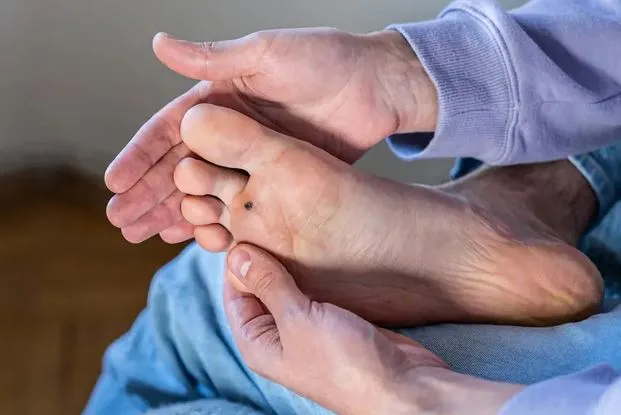Warts on Hands and Feet: Causes and Treatments
Warts can be stubborn, annoying, and sometimes even painful. If you’ve noticed rough, raised bumps on your hands or the soles of your feet, you’re not alone. Millions of people deal with warts every year, and while they may seem harmless, they often cause discomfort and embarrassment. Understanding why they appear and how to manage them is the first step to getting your skin back to normal.
What Causes Warts on Hands and Feet?
Warts are caused by the human papillomavirus (HPV). When this virus enters your skin through tiny cuts or breaks, it triggers an overgrowth of skin cells, which results in a wart. Because HPV thrives in warm and moist environments, places like locker rooms, public showers, and swimming pools are common areas where people unknowingly pick up the virus.
On the hands, warts usually develop around the fingers and nails, making them noticeable in everyday interactions. On the feet, they often form on pressure points like the heel or ball of the foot, where they can feel especially painful when you walk. Plantar warts, as they’re called, can grow inward due to constant pressure, making them harder to spot until they cause discomfort.
While anyone can get warts, children, teenagers, and people with weaker immune systems are more vulnerable. The good news is that warts are not a permanent condition—they often go away on their own, though this can take months or even years without proper care.
Home Remedies People Try for Warts
Over the years, countless home remedies have been treatment for warts. Some people swear by apple cider vinegar, duct tape, or garlic, believing these methods help “burn” or weaken the wart tissue. Others rely on over-the-counter freezing sprays or salicylic acid solutions, which gradually peel away the layers of infected skin.
While these methods sometimes work, they can be hit or miss. Warts often require patience because they don’t disappear overnight. If you’re using at-home treatments, consistency is key. Applying the solution daily and covering the area helps the process along. Still, not every wart will respond, especially plantar warts on the feet, which tend to be more resistant.
It’s also important to protect the skin around the wart when trying these remedies. Harsh acids or treatments can irritate healthy skin, so applying petroleum jelly to the surrounding area before treatment can help minimize damage.
Medical Treatments for Stubborn Warts
If home methods don’t work, a dermatologist can provide stronger and faster solutions. Doctors may use liquid nitrogen to freeze the wart, a process called cryotherapy. This treatment causes the wart to blister and fall off over time. For thicker or more stubborn warts, minor surgical removal or laser therapy may be recommended.
Another option is prescription-strength creams that boost your immune system’s ability to fight off HPV. These treatments work especially well for people who have multiple sizes of warts that keep returning. While medical options are more effective, they can also be slightly uncomfortable and may require multiple sessions.
If you’re searching for the most reliable treatment for warts, consulting with a dermatologist ensures you get a plan tailored to your skin type, health history, and the severity of your condition.
Final Thoughts
Warts on hands and feet can be frustrating, but they are manageable with the right approach. From simple home remedies to dermatologist-approved methods, there are plenty of options to clear your skin and reduce the chance of recurrence. If you’ve been struggling with a stubborn wart, don’t ignore it—address it early before it spreads or causes more discomfort.





